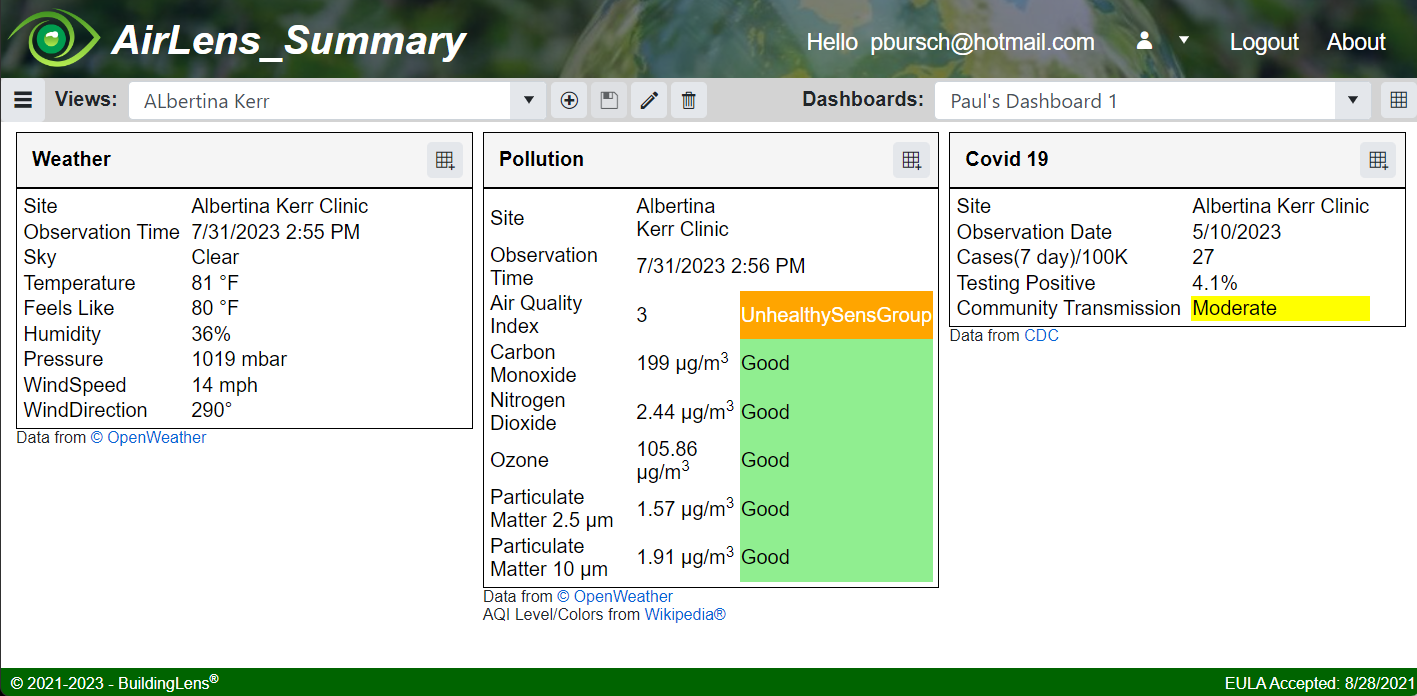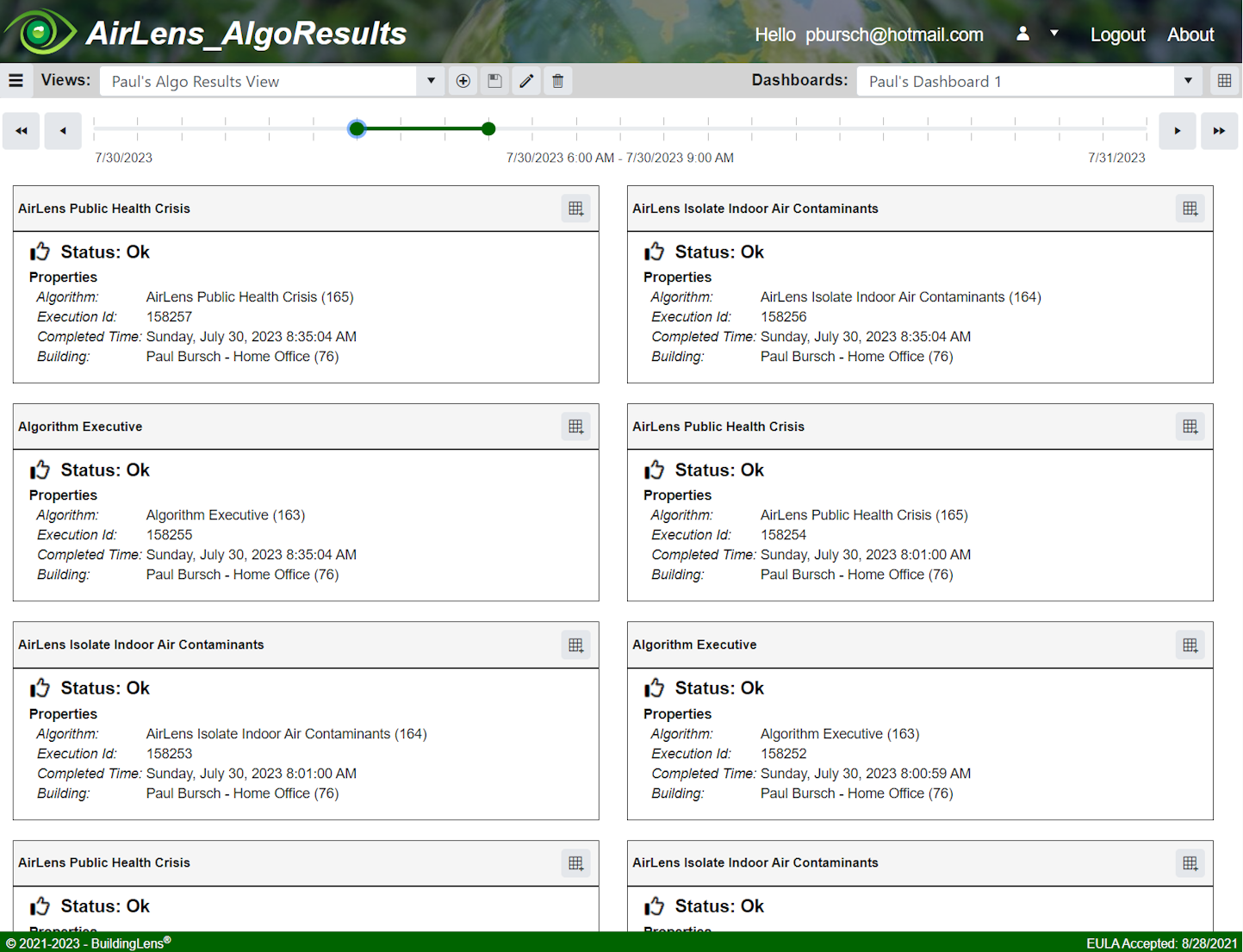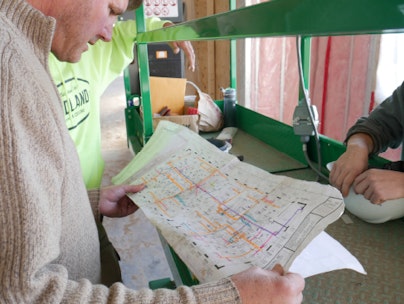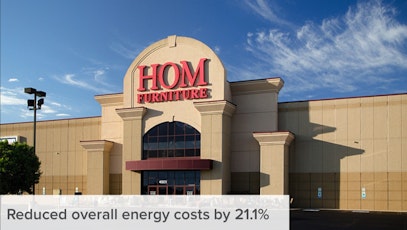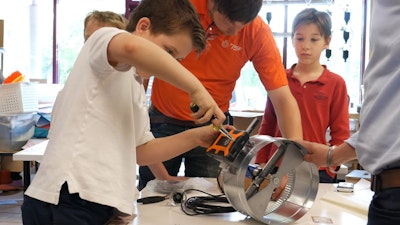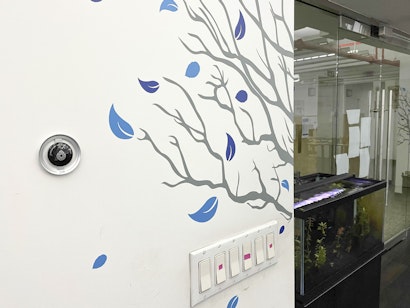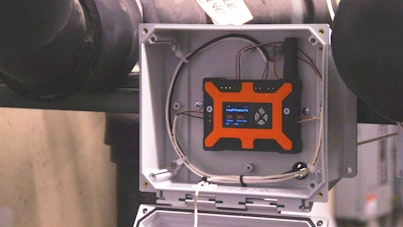
Burch Energy & BuildingLens
Download Case StudyChallenge
Burch Energy is an energy efficiency company based in Portland that helps buildings save energy through audits, energy management software, financing solutions, and more. Together with their software company BuildingLens — a platform that manages facilities while making the utility grid more efficient — Burch Energy seeks to bring air quality enhancements and sustainability to underserved communities.
A community-based outpatient facility in Portland enlisted Burch Energy’s help with outdated HVAC systems leading to uncomfortable indoor temperatures and poor air quality for its patients and staff. The facility struggled to meet its cooling load, and like many organizations in the western half of the country, worried about poor outdoor air quality from wildfires or smog affecting their more sensitive patients.
To address these issues, Burch Energy and BuildingLens partnered with 75F. Together the companies leveraged Project Haystack-based open APIs to create an integrated solution that would not only improve HVAC operation for energy efficiency and air quality but also automatically close outside air dampers when outside air quality sinks to unhealthy levels and flush out zones with high detected levels of particulate matter.
Solution
Burch Energy recognized that a comprehensive approach was needed to tackle the facility's air quality and comfort problems. After acquiring local utility incentives, Burch Energy installed new HVAC equipment for the site at a more affordable rate. Then, Burch Energy installed 75F’s IoT-based Building Management System for physical equipment control. Next, BuildingLens’ team integrated 75F’s pre-tagged points into the BuildingLens platform, which also collects health and outside air quality data from external sources such as the Centers for Disease Control (CDC).
When outside air quality is at a healthy level, the customer’s building operates according to 75F’s control — meaning equipment runs with built-in ASHRAE Guideline 36 sequences. However, once BuildingLens’ external data sources determine outside air quality is low, BuildingLens instructs 75F’s hardware to reduce outside air damper open positions or close them entirely.
“Companies can pool their resources and expertise to create solutions that are more effective and efficient,” said David Burchfield, president of Burch Energy. ”This is especially important in the ever-changing landscape of the building industry, where new technologies are emerging all the time.”

We decided to partner with 75F because they have superb small building control systems components and invite software integration via Haystack. 75F's open architecture and robust product line make them a great partner in our quest for a clean energy future.
Results
Through this integration, the customer's management team gained access to powerful technology facilitating remote monitoring and control over the building’s energy use, temperature, and air quality. The integration not only lowered utility bills and resolved the facility’s indoor air quality and comfort issues but also set a precedent for the industry by highlighting the efficacy of cooperative solutions and the power of open APIs.
"The discovery of the equipment and points within the facilities was straightforward, and the fact that 75F had assigned Haystack descriptors to all those objects helped as well. And now, we have literally hundreds of points at the customer site. That’s a great accomplishment for us.”
